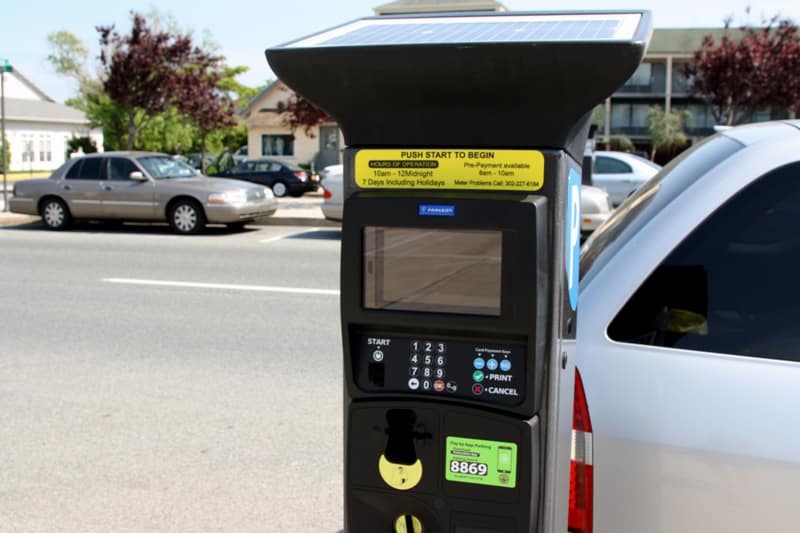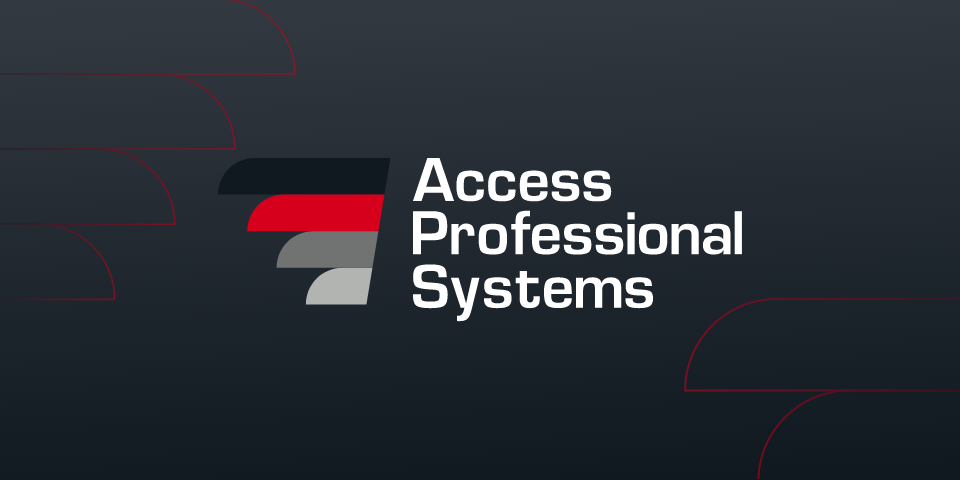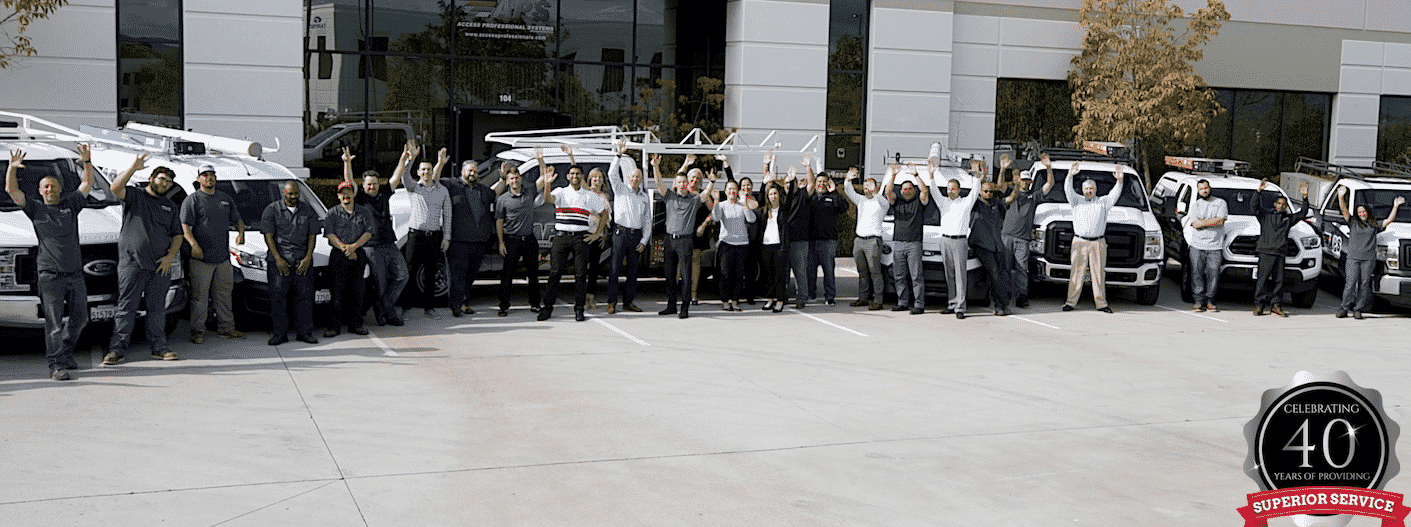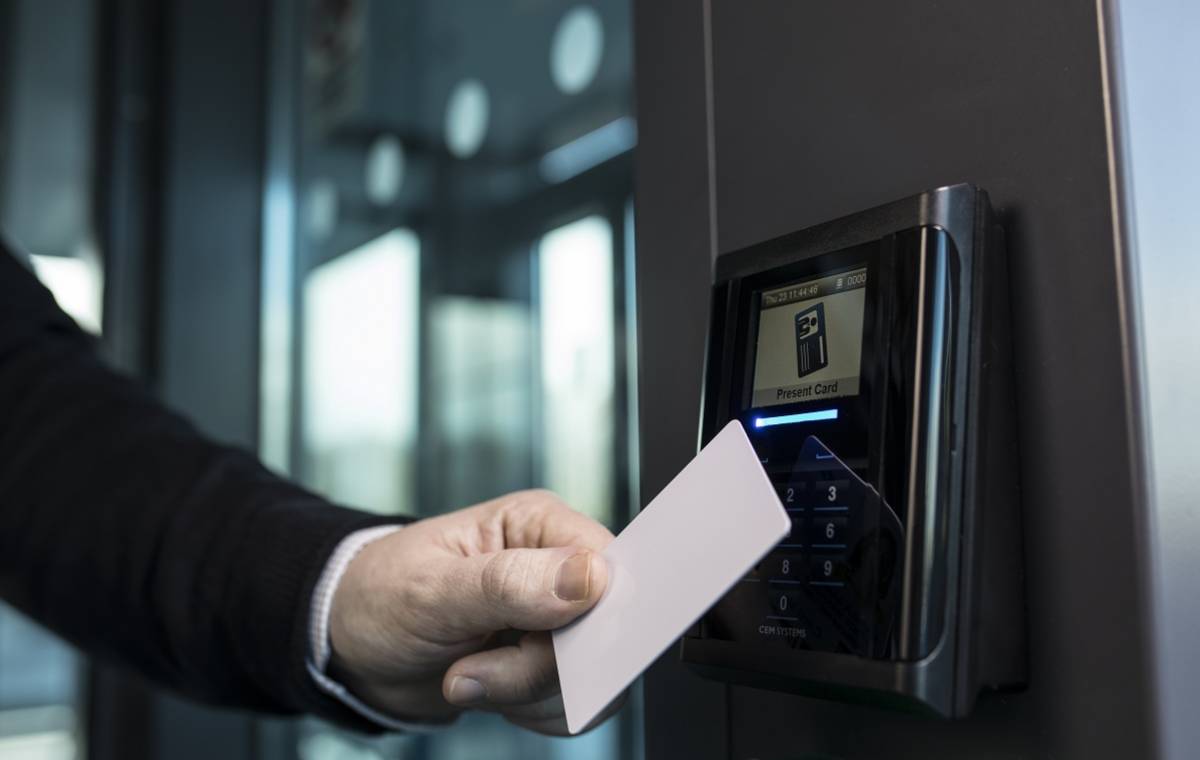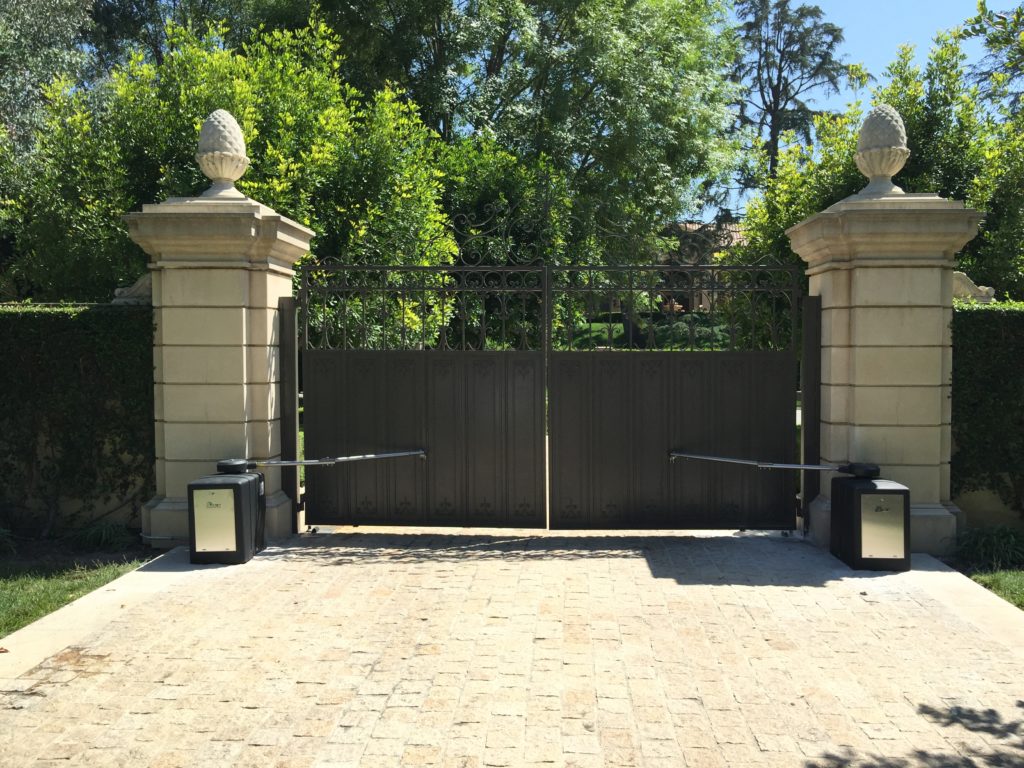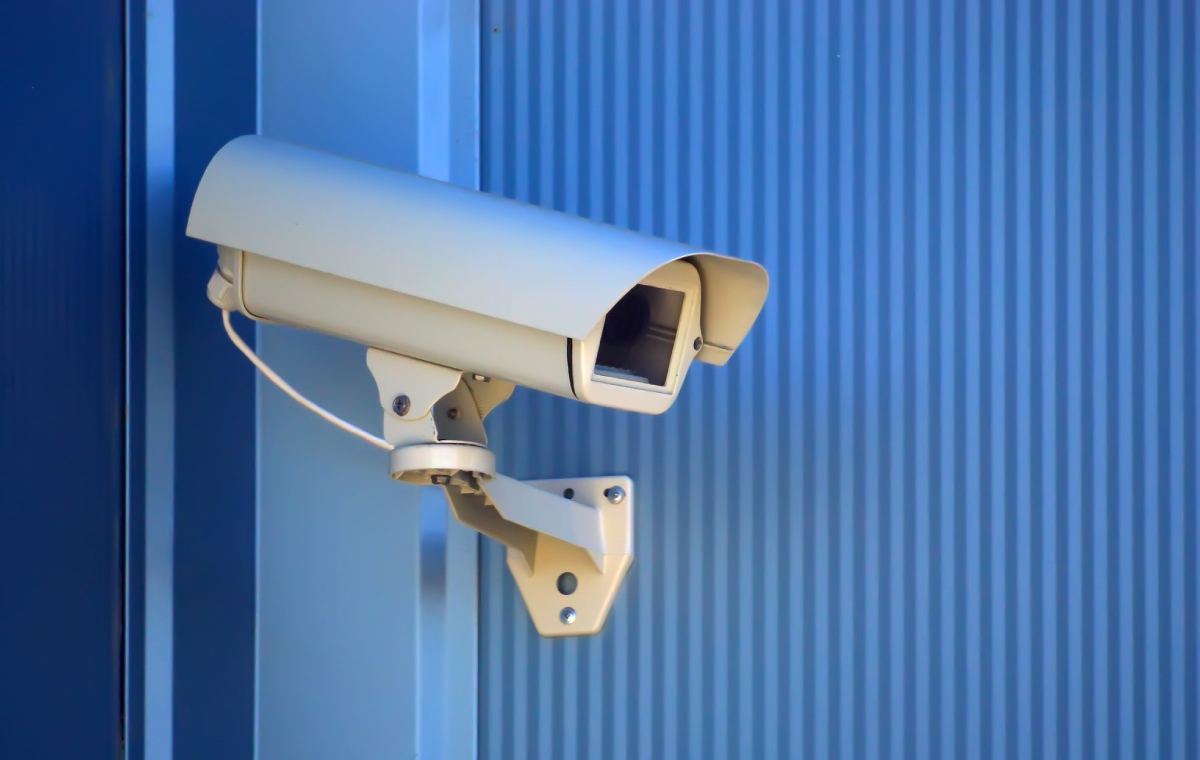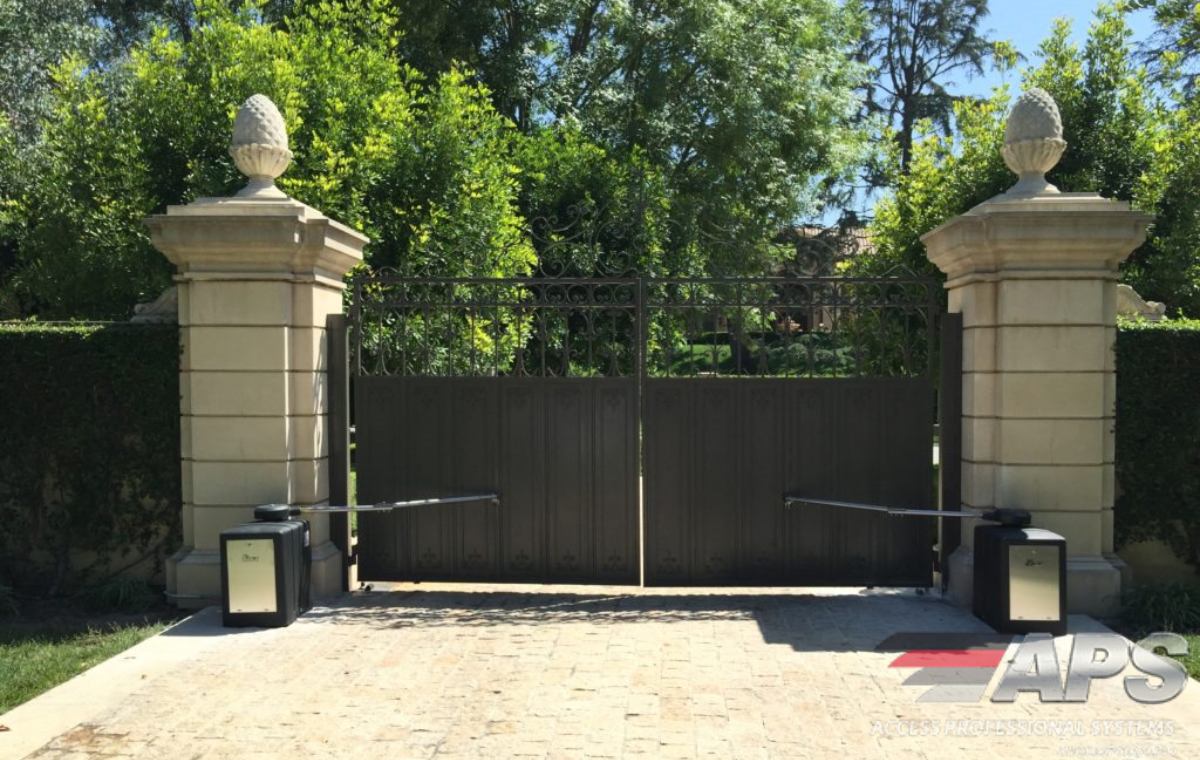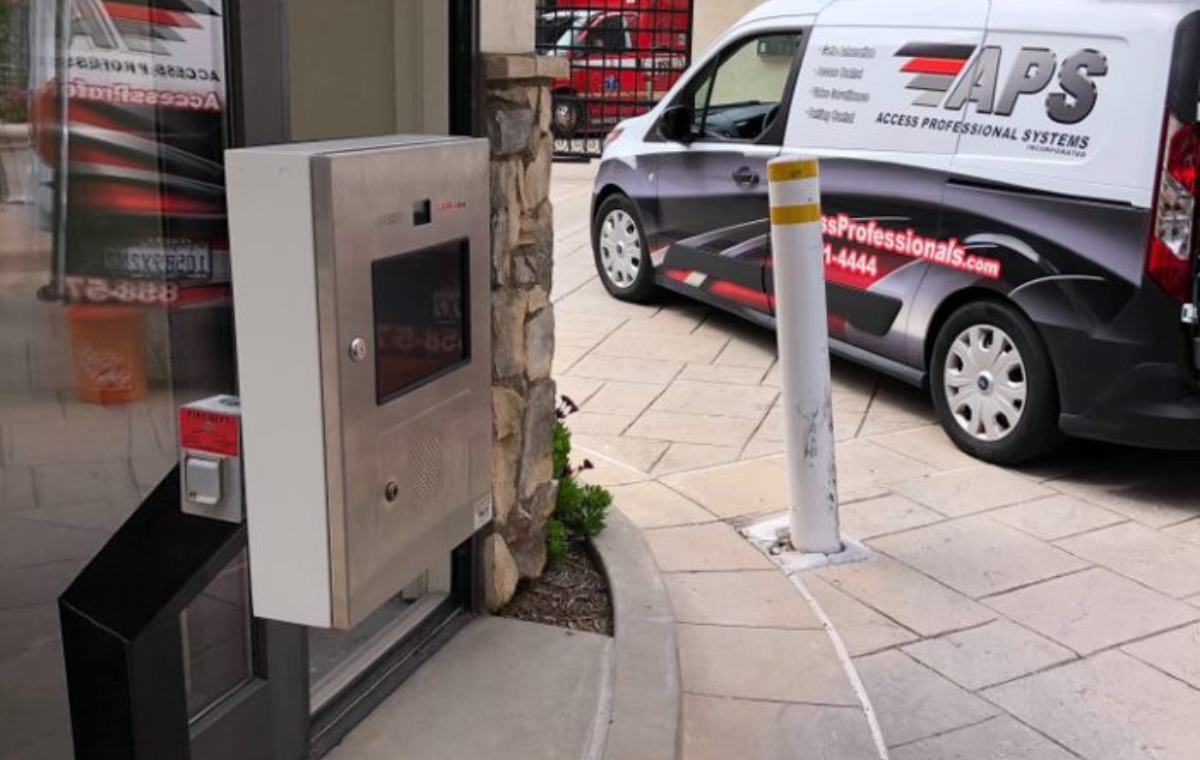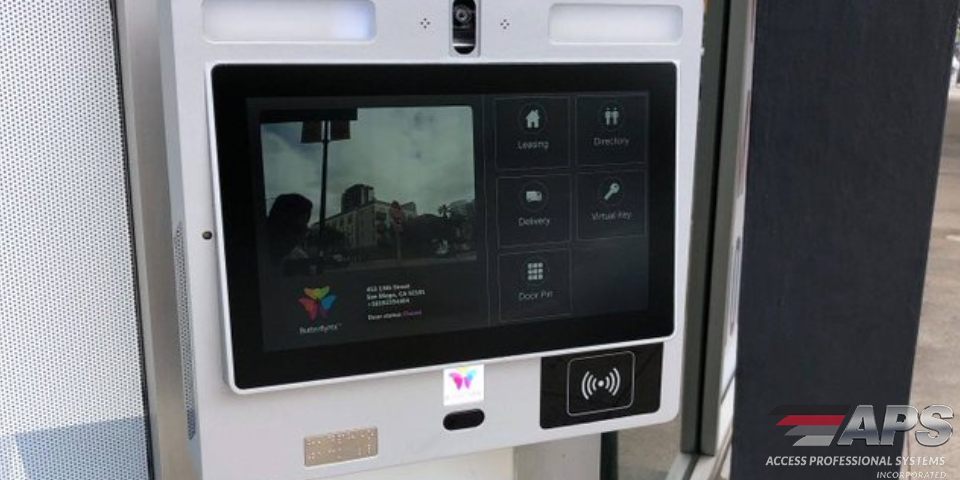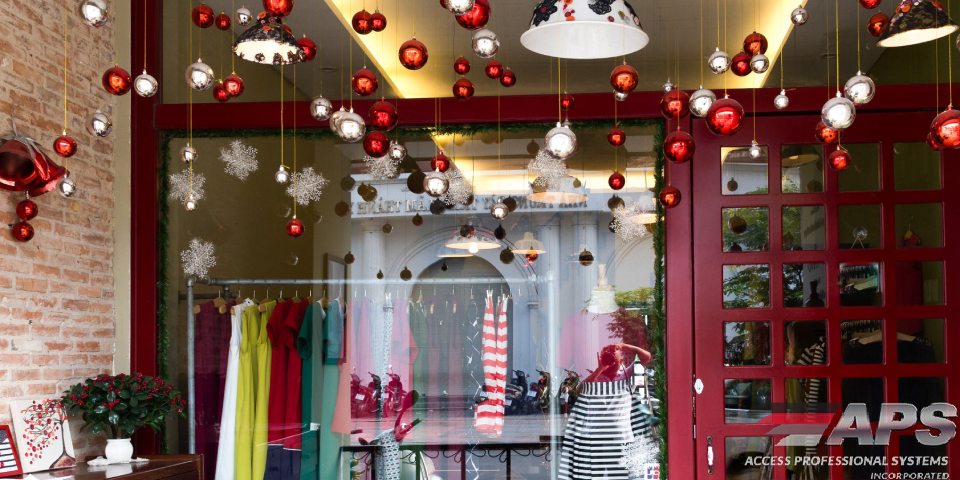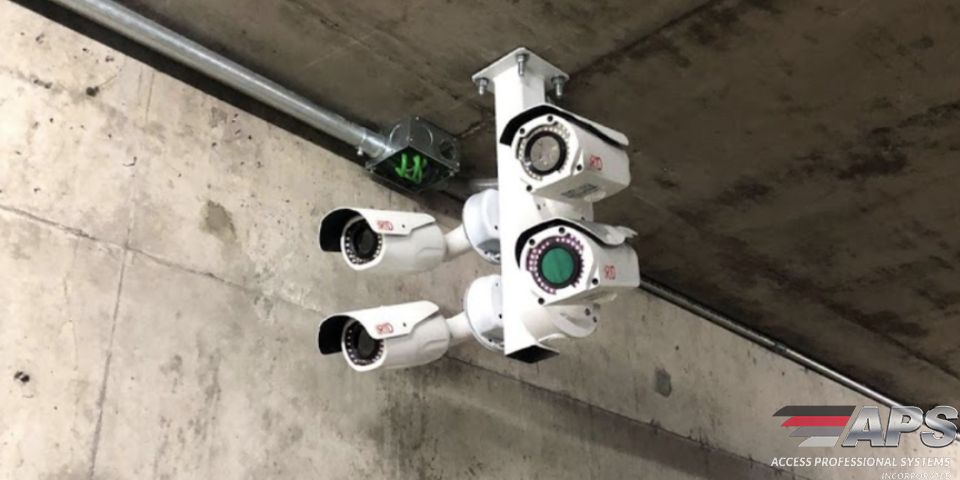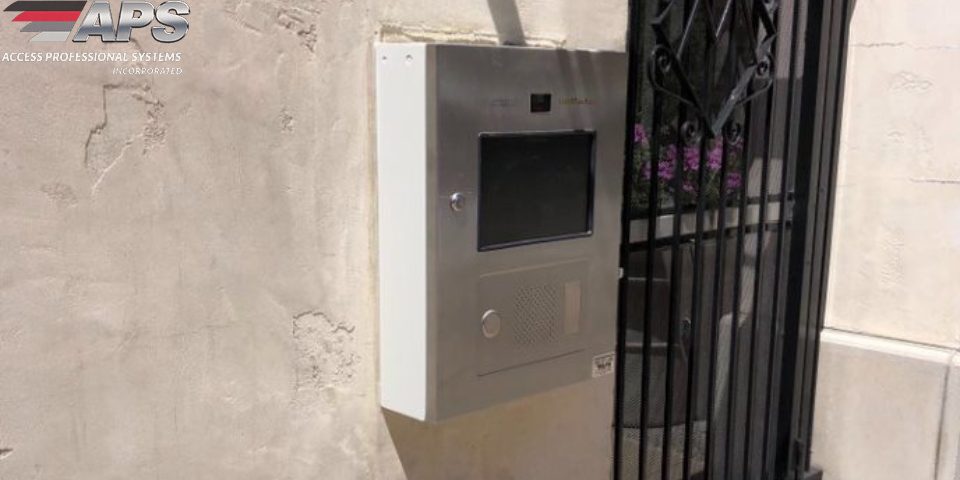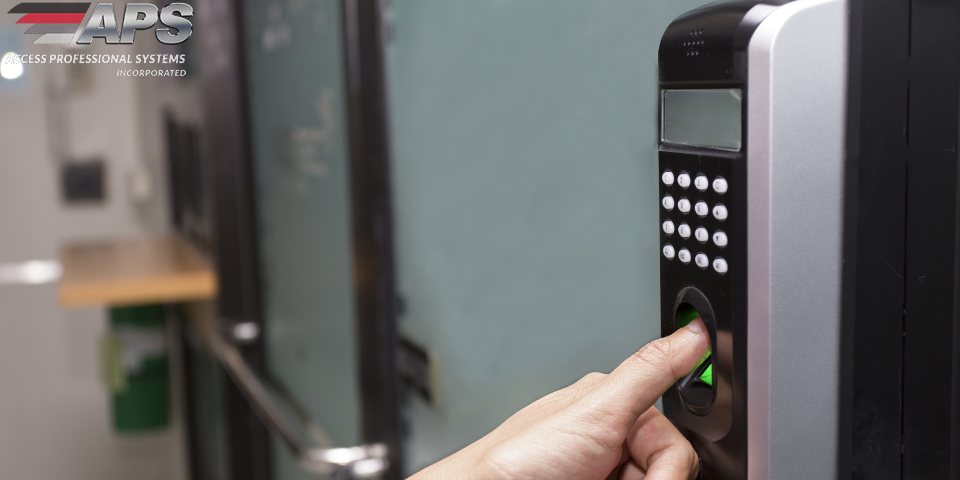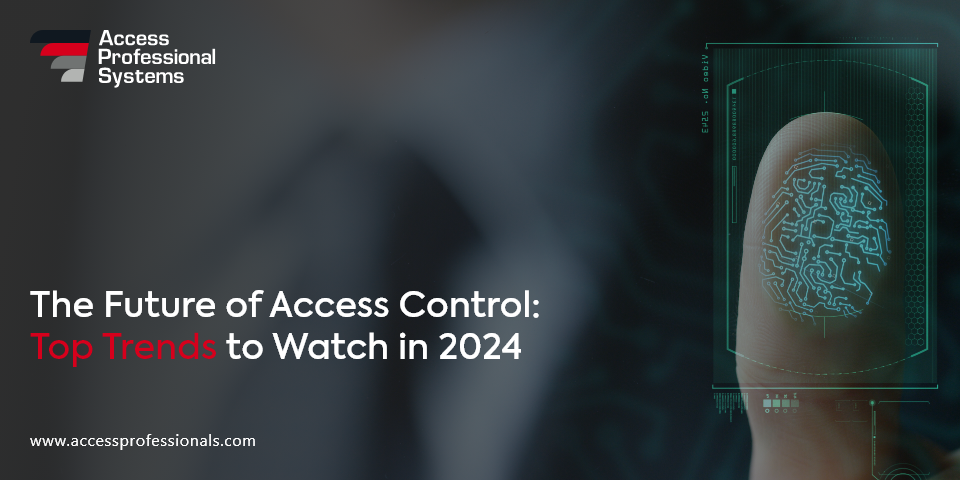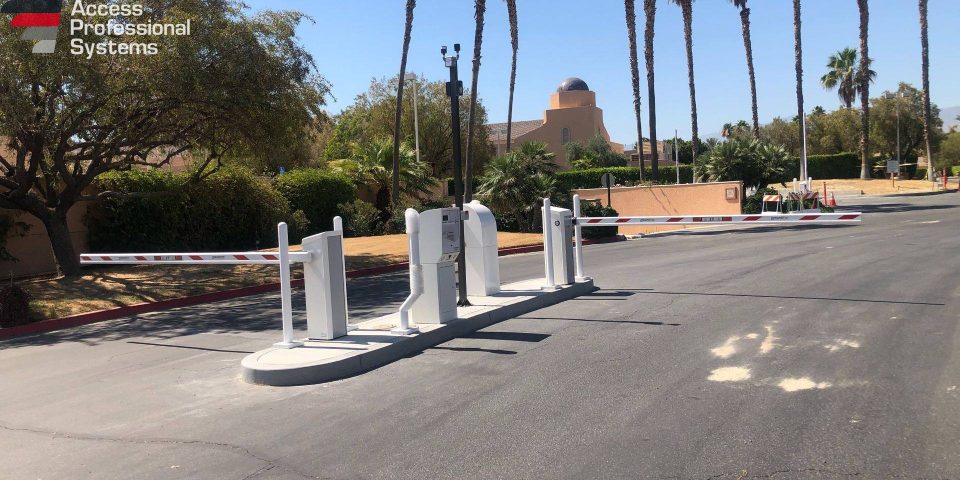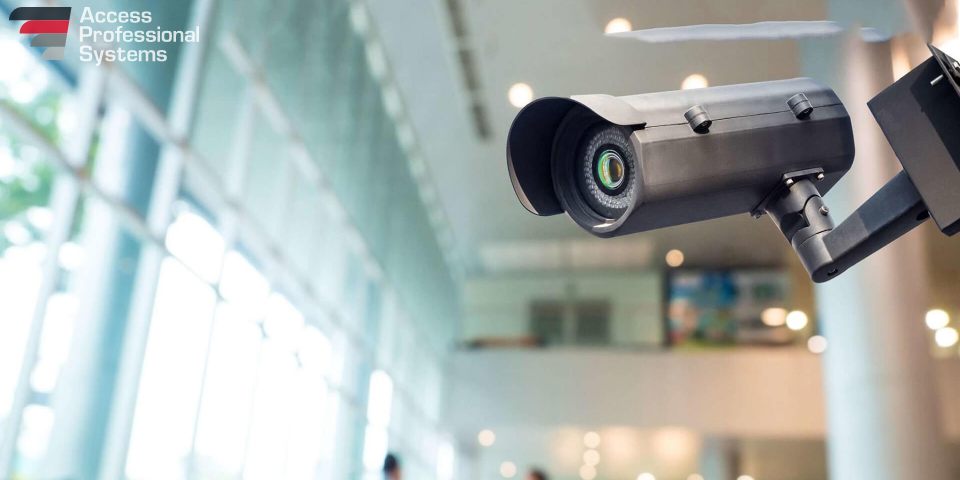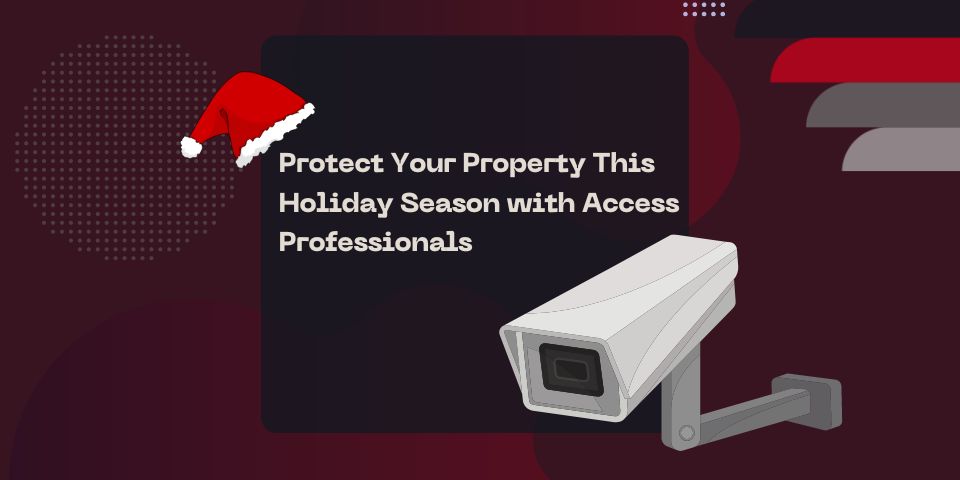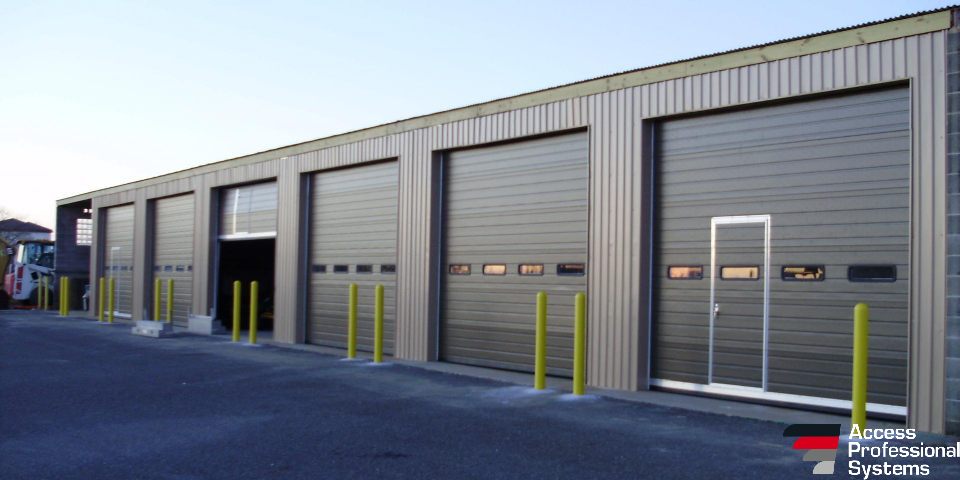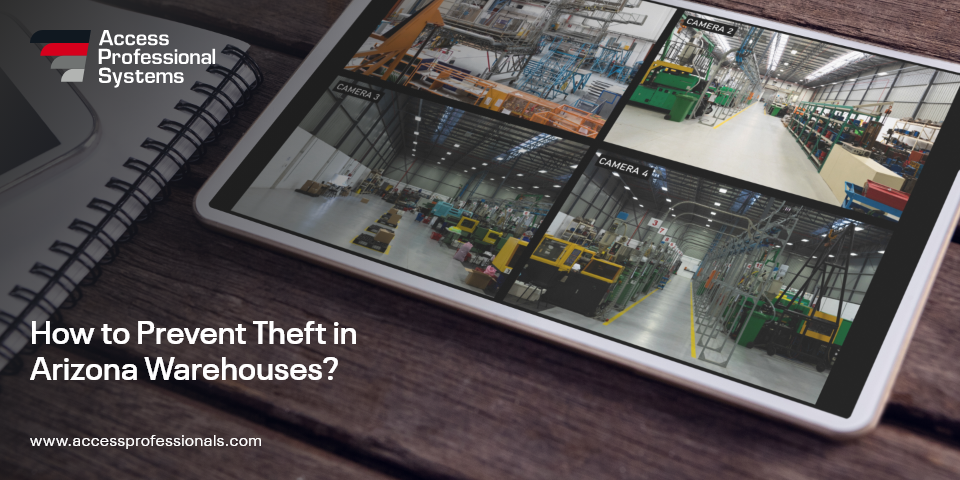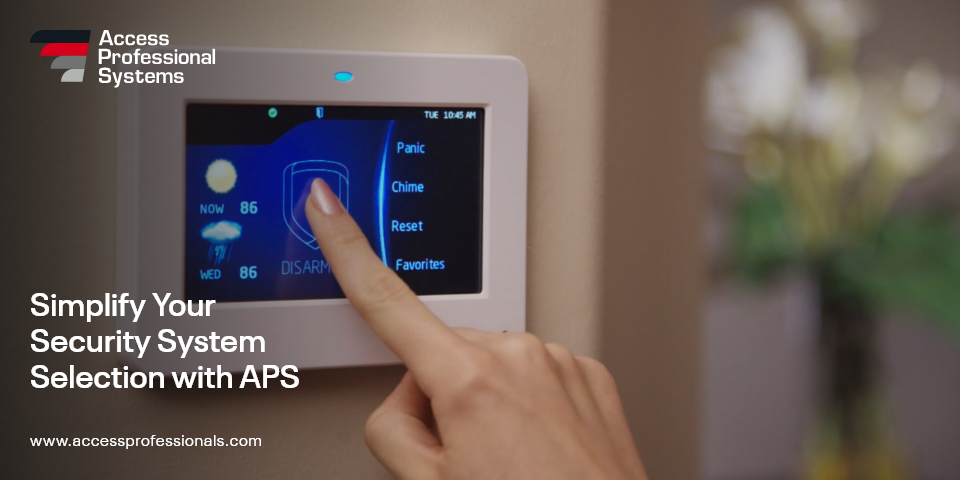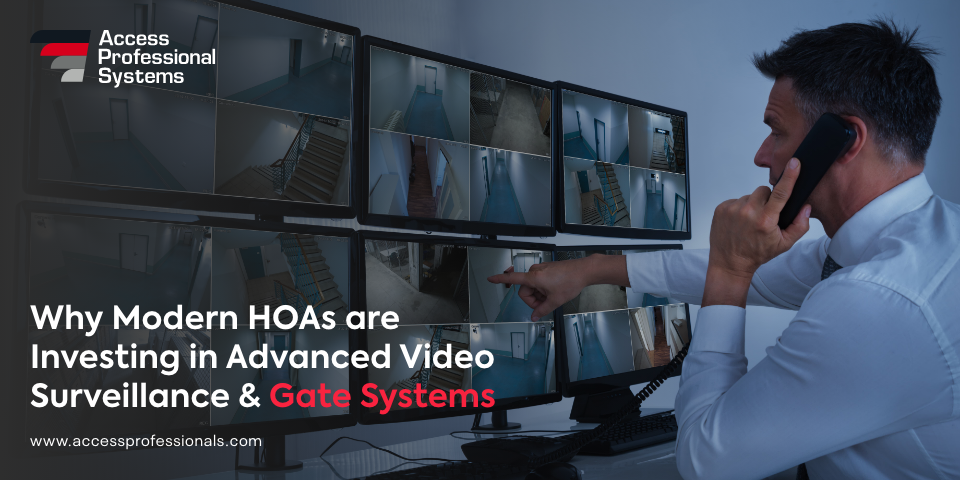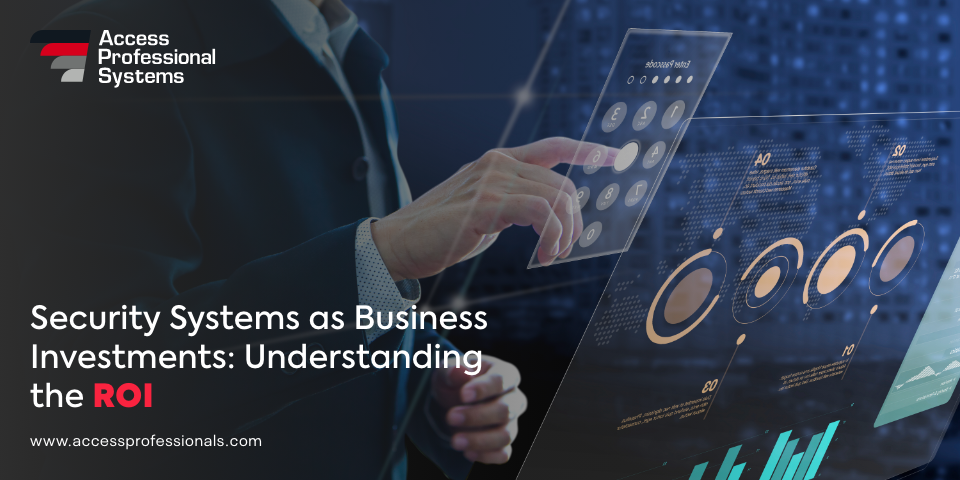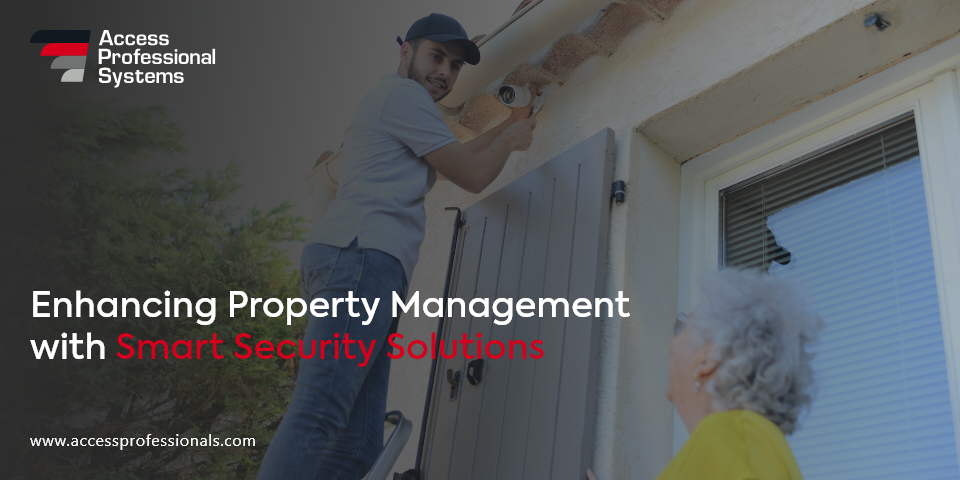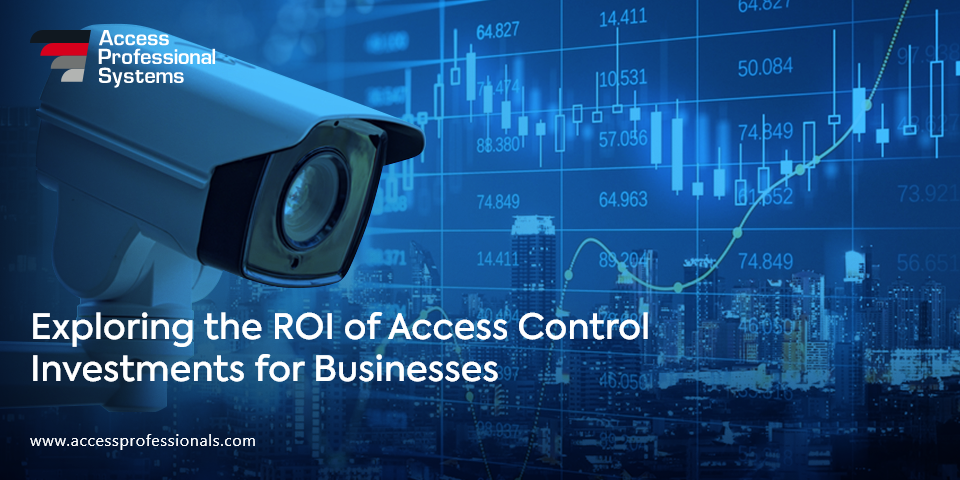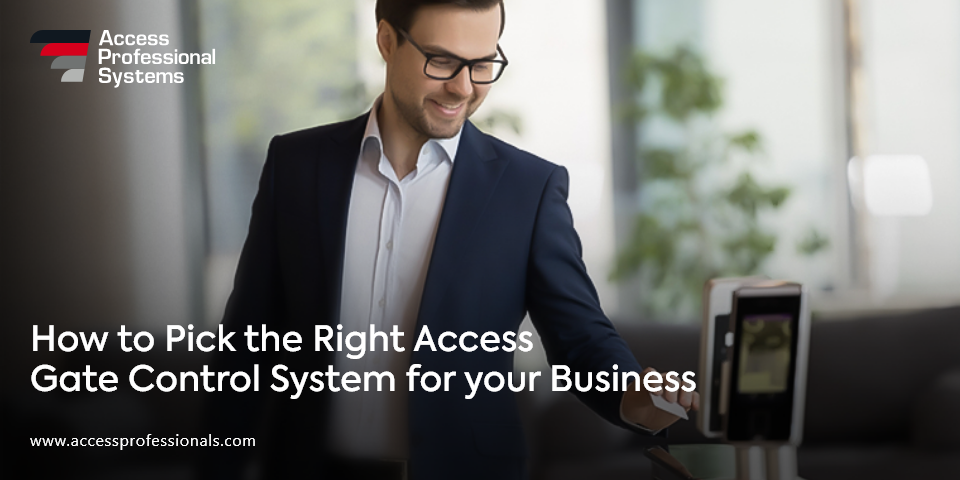
3 Ways to Prepare Your Building Security with the Right Access Control Management
Upgrading Building Security Measures Through Strong Access Control Management
Did you know? The complexity of safety threats is escalating rapidly. At such a time, reliable access control management is a basic requirement for building security, residents, & visitors. So, without further ado, let’s get into it.
Access control solutions ensure the safety of physical property and are indispensable in guaranteeing the security of individuals within a designated area. An access control solution is essential in safeguarding the building by monitoring who can access certain areas, under what circumstances & when they get entry. For effective business security management, businesses can use affordable access control systems to make sure there is adequate protection. Companies can increase building security with access control by choosing best solutions from top access control providers for business security, selecting wholly reliable yet affordable ones. Such systems offer a variety of options that can grow with the business & provide exclusive security solutions.
Here are three proven & practical strategies to reinforce building security systems with solid access control management:
1. Set Up an Integrated Access Control System
One of the most reliable ways to improve your building’s security is to apply an integrated authentication system. This kind of access control solution involves several methods for verification before authorizing access. Rather than depending completely on manual keys or simple card access systems, integrated access control solutions coordinate various biometric, card-based, PIN & mobile access applications to reinforce a more secure and stable environment.
Why does Systematic Verification Work?
Systematic verification increases the sophistication of your security, elevating the difficulty for unverified individuals to get access. For example:
Biometric Access Verification
Biometric verification technologies such as fingerprint, eye scanning, or face ID confirm an authorized individual’s entry into the boundary wall. Because biometrics cannot be replicated easily, security protocols can be improved beyond conventional entry cards or PINs.
ID Cards & Electronic Fobs
These are still in widespread use. However, ID Cards & Electronic Fobs ensure a two-phase authentication process when used alongside biometrics. This protects against unauthorized access attempts, even if they successfully steal or replicate a keycard. It also prevents criminal damage & robbery and optimizes facility cost-efficiency.
Mobile Access
Mobile-based access control lets workers & occupants gain access using their smartphones, enhancing security measures enabled by Bluetooth and RFID technology. It is easier to use and hassle-free since it removes the dependency on physical cards and fobs.
2. Frequent Updates and Audit Access Control Policies:
As technology is fundamental in guarding access points, strong, updated policies must also be implemented. Systems cannot work correctly if the guidelines & procedures are not defined properly. Regularly inspecting and improving your commercial access control strategies assures the safety of your building in response to a fluctuating security environment.
Implementing a Secure Access Control Policy
A properly outlined access control policy should have clear criteria for access to certain areas. Designated authorities should block access if the card is not activated within the allotted time. The system should deactivate the card. Once a period of inactivity has passed, one can turn it off.
A Robust Policy should Consider the Following:
Visitor Check-in System
There should be a clear protocol for managing visitor access. Checking in visitors’ details at the reception area should be compulsory. One-time access passes should be issued, and time & location-based access restrictions should be specified. Logging visitors’ activity can also make sure they are continuously tracked.
Staff Access Permissions
All staff do not need access to the entire building. Access control based on employee position and responsibility will restrict unauthorized entry. For example, an administrative assistant could be denied access to sensitive areas like network operation centers.
Emergency Response Plans:
Clear guidelines for access control must be established in cases of emergency, such as fires and security compromises. Access control providers must be compatible with emergency systems to ensure that exit paths stay clear while maintaining security.
3. Co-Ordinate Access Control with Other Building Systems
Access control needs to be interconnected with other security measures for comprehensive and high-level protection. By integrating access control linked to other security access systems in the building, you can ensure a cohesive and complete framework for managing facility safety.
Integration with Video Monitoring Systems
By integrating your access control system with video monitoring, you can strengthen your building’s security. Security cameras can record live footage of the incident when someone breaches a restricted area. It ensures visual proof of those entering restricted areas and is a barrier to potential trespassers.
In the case of a security breach, video data alongside access history lets security staff examine and act immediately. Such integration facilitates the detection of possible violations and supplies critical proof for resolving security matters.
Integration with Smart Building Systems
Access control can link with smart building systems, including climate and temperature regulation, lighting, and fire suppression systems. When an individual gains access to a specific area, the HVAC system can self-regulate the temperature, while the lighting system can trigger lights in certain rooms. This integration enhances the building’s energy efficiency and fosters an advanced security environment by letting systems respond without manual input to changing conditions.
Wrapping Up:
In a nutshell, implementing a proactive approach for building security is mandatory. Effective commercial access control systems include integrating complete systems that utilize cutting-edge technologies & designing reliable visitor management protocols. Moreover, building security measures can be strengthened by granting access only to authorized members, implementing high-tech authentication strategies, and maintaining thorough visitor surveillance.
We can safeguard physical assets by adopting these strategies while promoting a safer environment for employees & visitors. As technology progresses, outpacing potential threats through proactive access is essential. It will ensure the success of any premises dedicated to upholding a secure facility.
Ready to make an informed decision regarding your building’s security?
To learn more about Access Control Solutions, click here & check out more insightful blogs by access professionals.
Share:

